"Pair Of Usubata Vases, Japan XIXth Century, Bronze - Gold - Silver"
A pair of sumptuous Japanese "Usubata" - "with a thin rim" bronze vases, with intricate decorations made using the inlay technique. On the one hand, the cartouches show figures in the middle of the Japanese landscape, and on the other hand, representations of the kacho-ga type. The vases are decorated with numerous floral and ornamental inlays and pairs of phoenixes on the sides. From the 17th century, vases of this type were used to organize flower arrangements, especially for important occasions and holidays. Scenes of playing boys and stylized trees with leaves and flowers were shown. Inlaid surfaces are made from a variety of metals, including gold, silver, copper, shakudō (an alloy of 4-10 % gold with 90-94 % copper) and shibuichi (an alloy of silver and copper, made in various proportions, sometimes with a small addition of gold). Extremely precise and complex work, which is seen by the attention to detail and very small ornaments. From the 1860s, products of this type became a demonstration of the extraordinary abilities of Japanese craftsmanship and began to cause a stir in international exhibitions, often purchased directly by European and American museums. Japan, Meiji period (1868-1912). Height: 44 cm, diam. 25.5 cm. The condition is visible in the photos, very good.
Auction information and results: https://www.bonhams.com/auctions/25429/lot/219/ https://www.rct.uk/collection/themes/publications/japan-courts-and-culture/pair- of-bronze-vases https://bunka.nii.ac.jp/heritages/detail/187077 https://core.ac.uk/reader/70325420



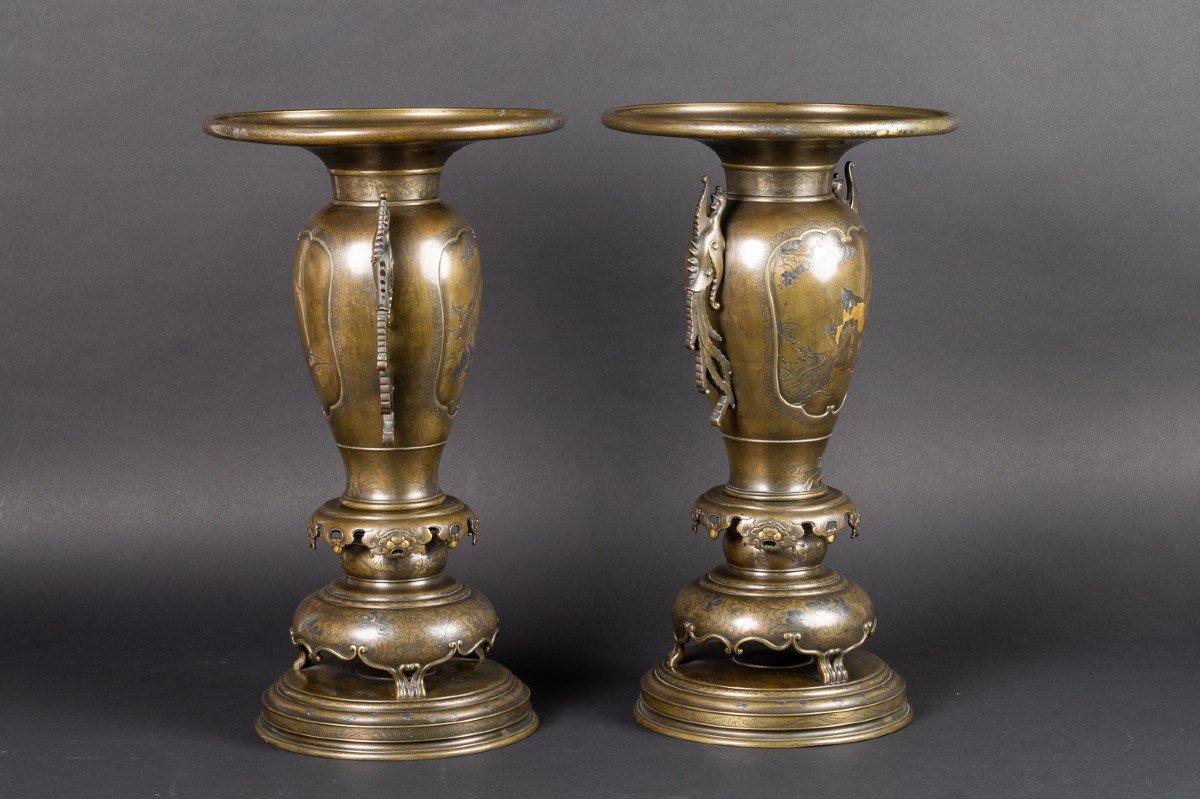

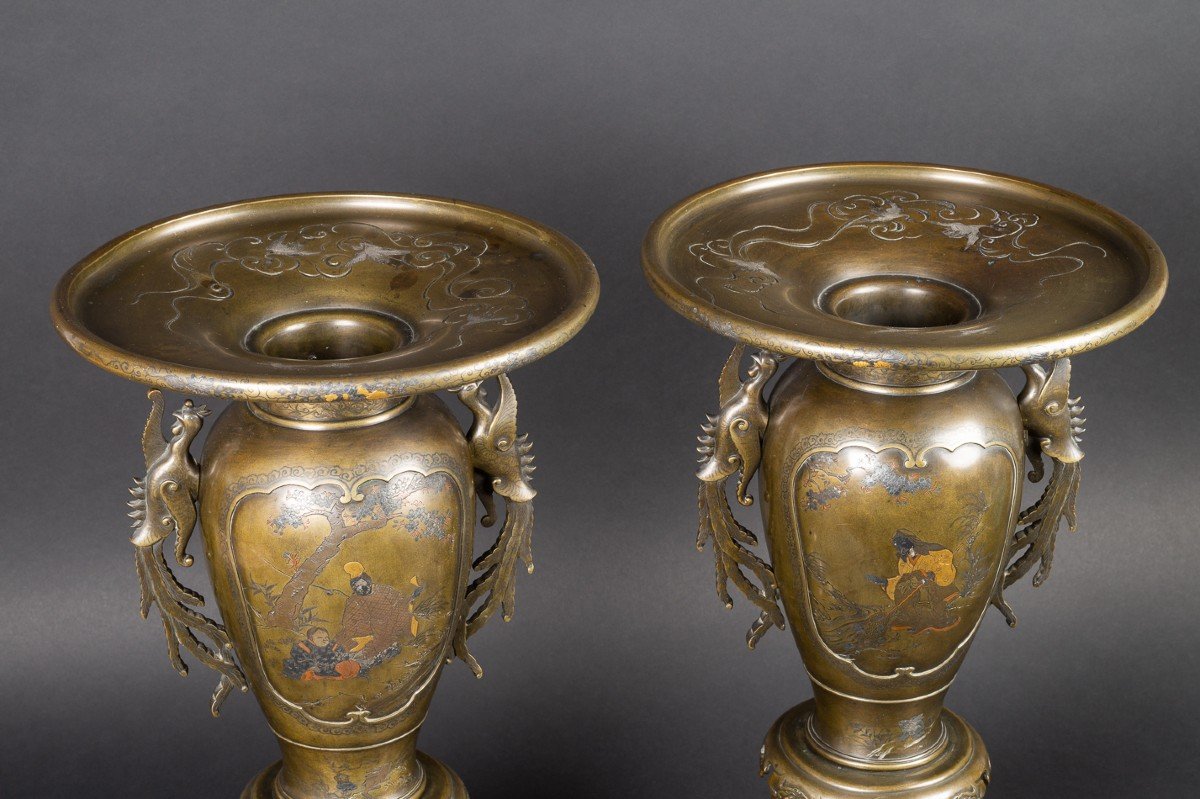








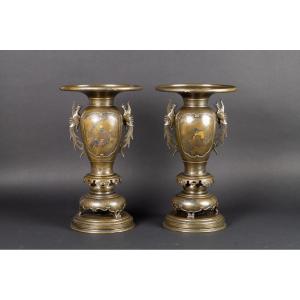












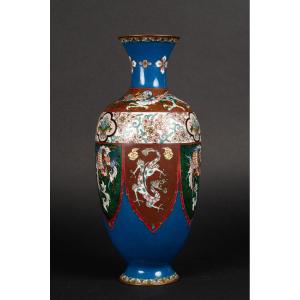
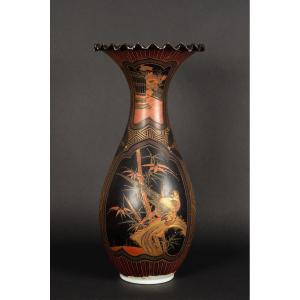
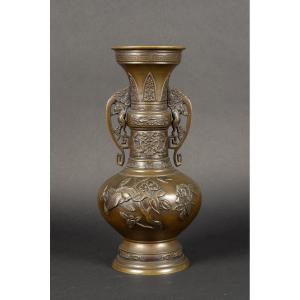


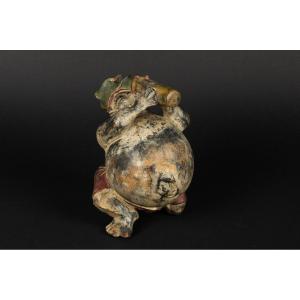



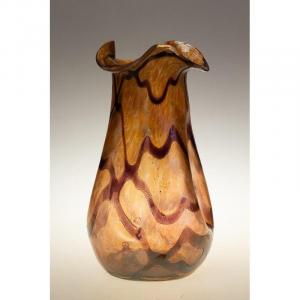
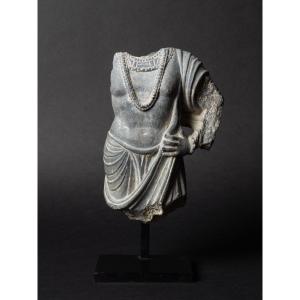



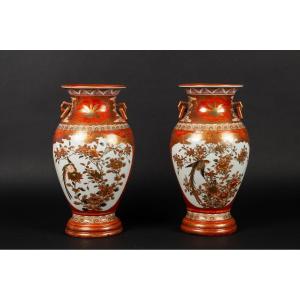




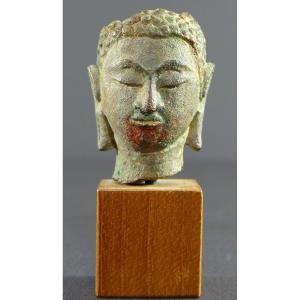



 Le Magazine de PROANTIC
Le Magazine de PROANTIC TRÉSORS Magazine
TRÉSORS Magazine Rivista Artiquariato
Rivista Artiquariato